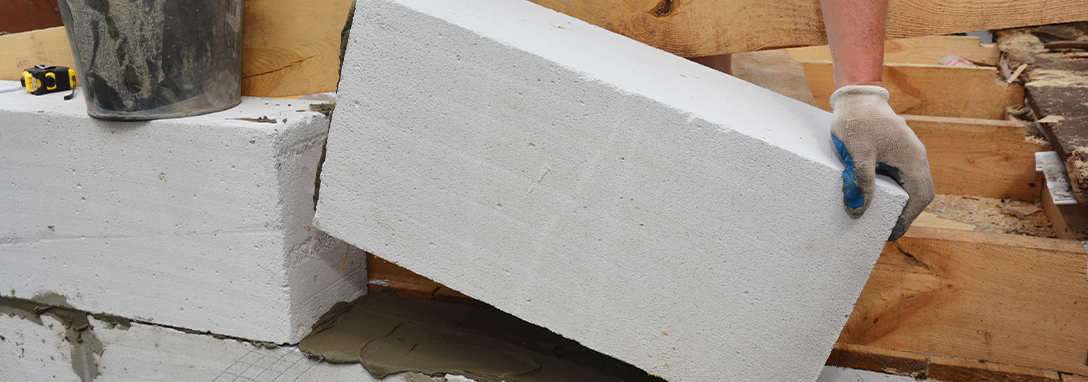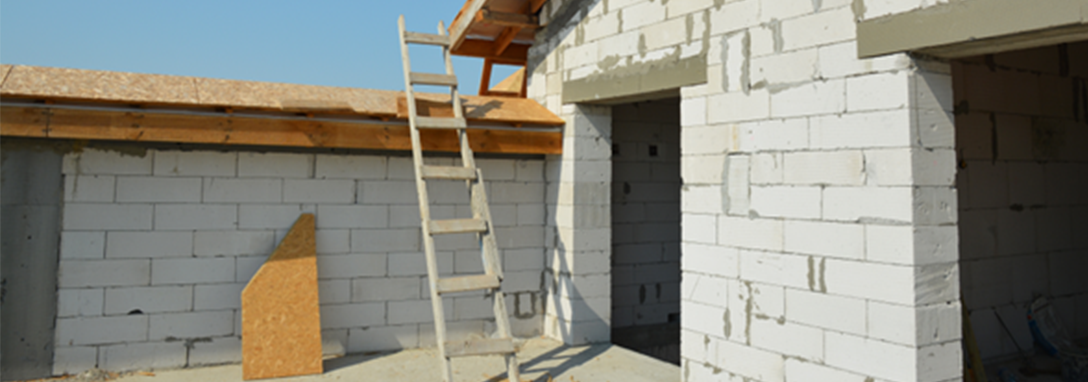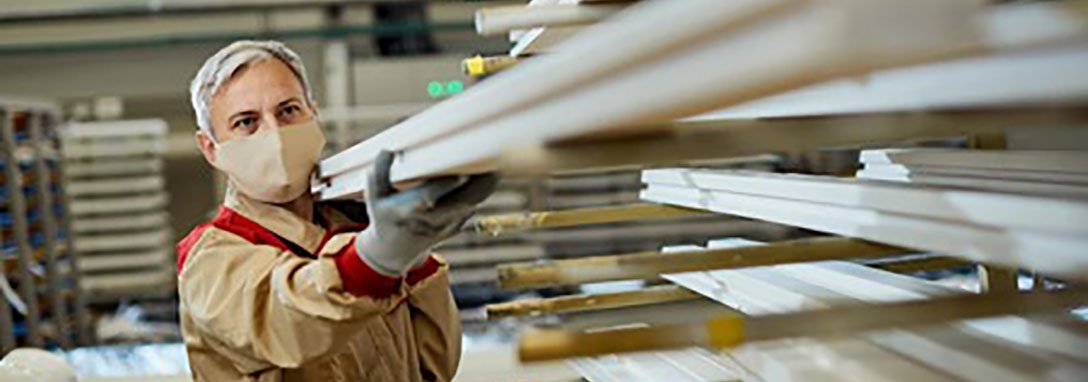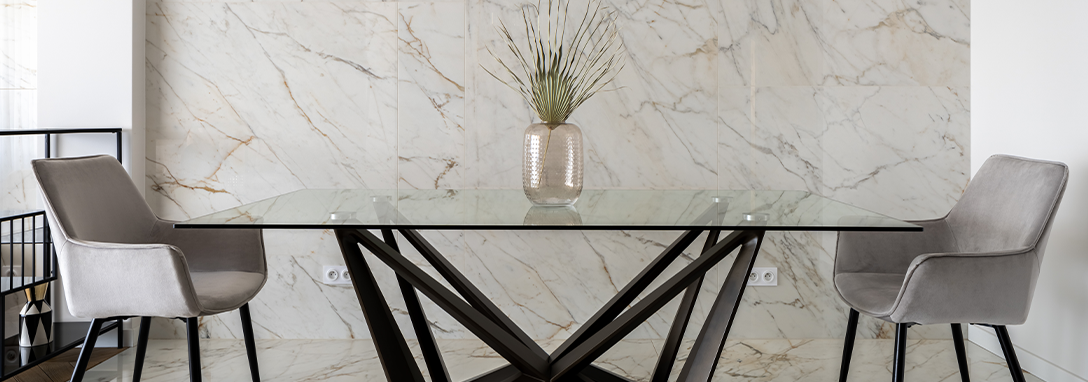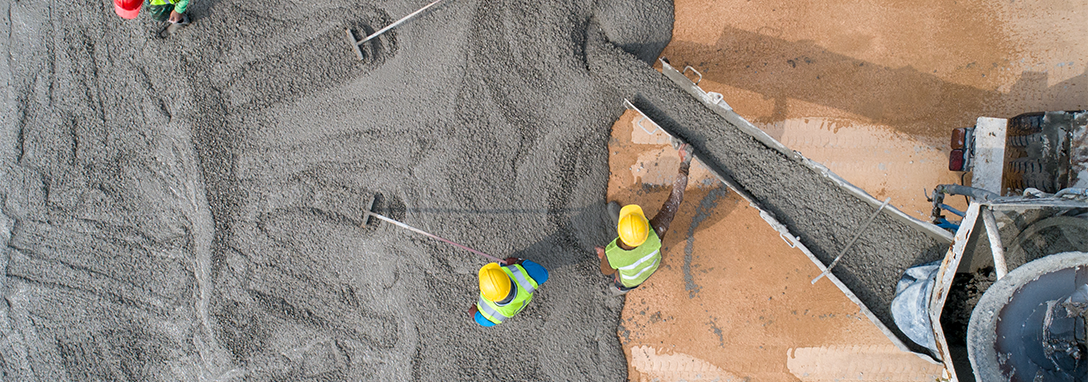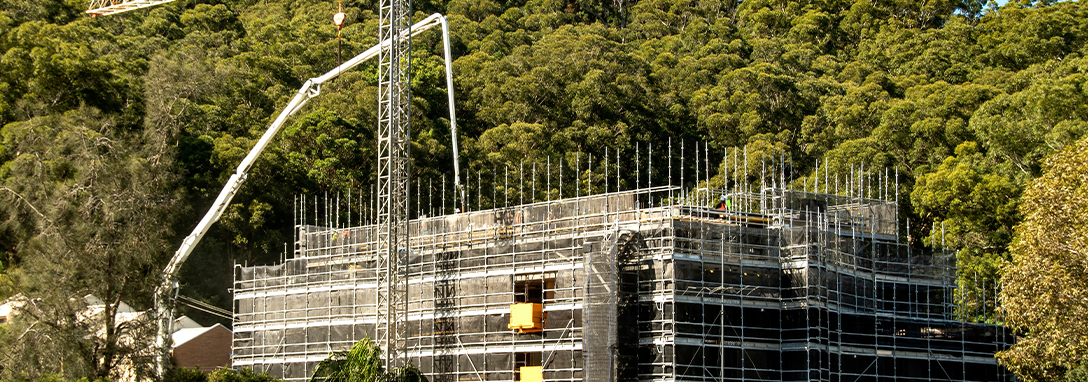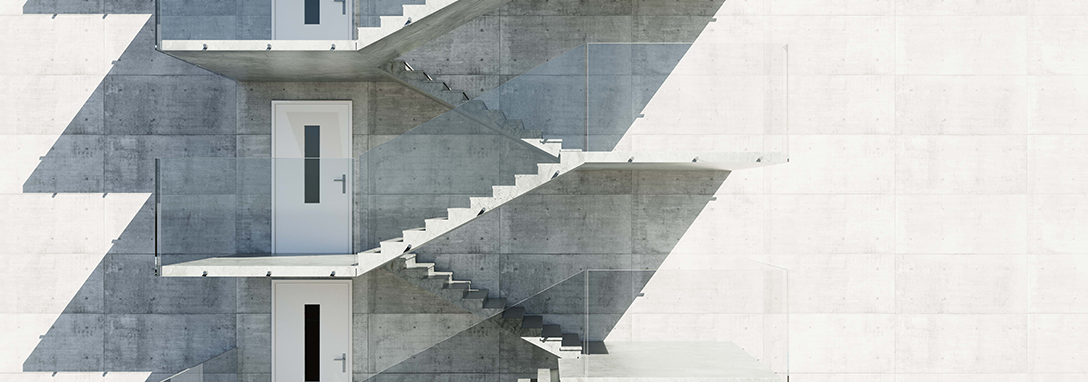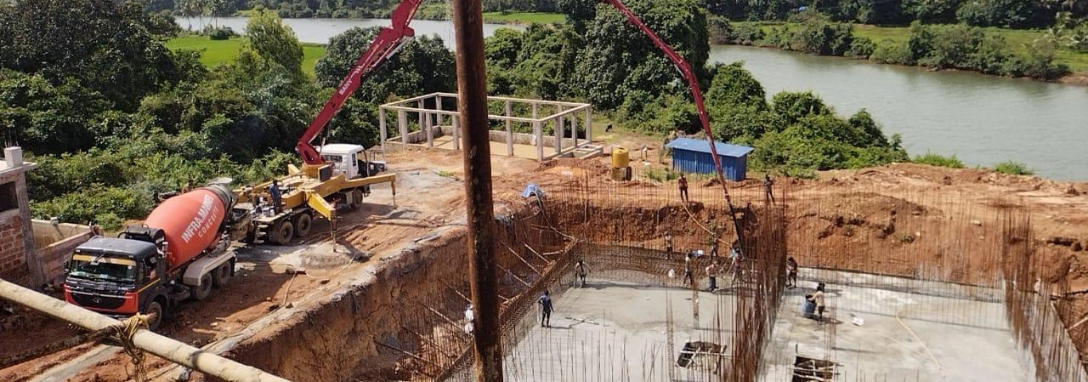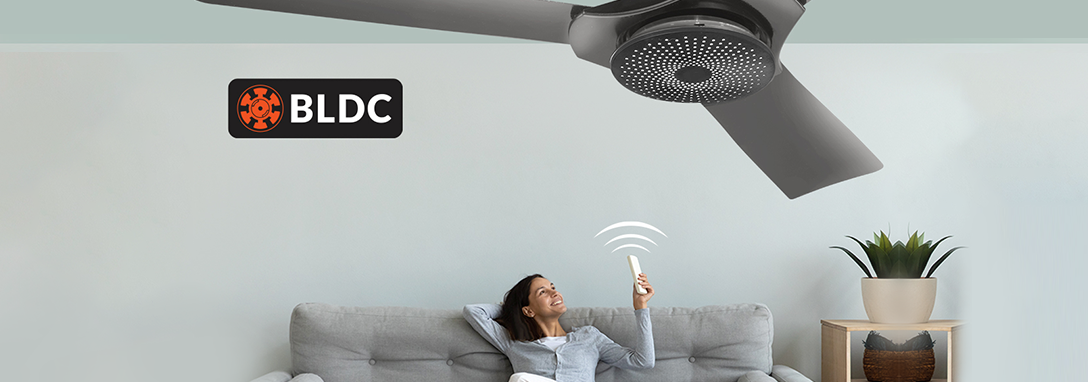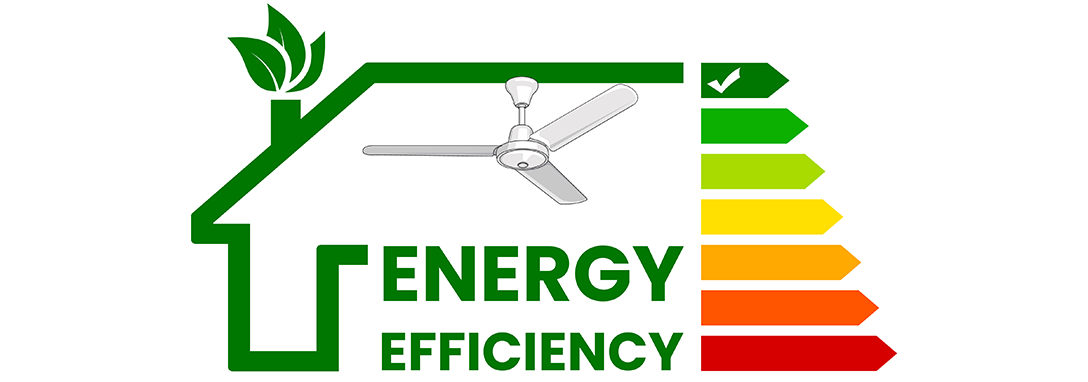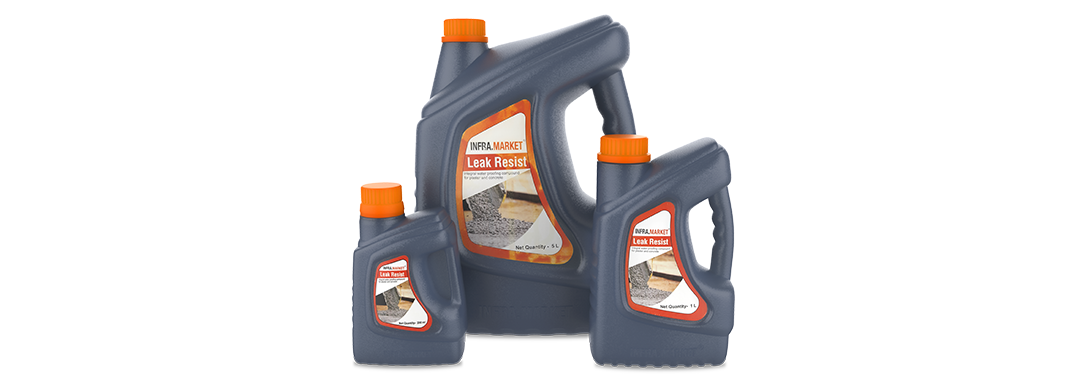AAC Blocks: Their Creation & Advantages
The concept of buildings in India has been redefined with the advent of new construction materials. Architects are inventing innovative designs for an enriching and enduring architectural experience. Even bricks or blocks for that matter, the basic materials, most often used in structural foundations and walls, have also been upgraded.
Autoclaved Aerated Concrete (AAC) is lightweight, precast, and foam-concrete (lightweight, low density) building material. A substitute for traditional red bricks, AAC blocks provide a safe structure, insulation, and fire & mold resistance.
How are AAC Blocks made?
AAC was invented in 1924 when a Swedish architect mixed cement, sand, water, lime, and aluminum powder. The cement strength provides hardness to block and an instant curing mechanism while aluminum powder provides the structure, lightness, and insulation.
Advantages of AAC Blocks for Construction
- Low Density: AAC blocks are lighter due to the low density, thus are suitable and cheaper to transport. It is 30% lighter as compared to concrete and 1/3rd lighter as compared to red bricks. This property of AAC blocks helps in the construction of taller buildings due to lower dead loads. It also results in superior workability, thereby saving foundation, construction investment and comprehensive costs.
- Self-heat Insulation: With the highest rating of R30, AAC provides well-insulated interiors. The presence of aluminum in the formation of hydrogen gas when it comes in contact with calcium hydroxide makes it non-combustible. This feature also contributes to efficient energy saving as it reduces the need for air conditioners and blowers.
- Fire Resistance: With a melting point over 1600°C, AAC blocks have the best fire rating of 4 hours. All the ingredients involved in AAC blocks are inorganic and non-combustible, thus making them highly fire-resistant. In construction projects where fire safety is of prime importance, AAC blocks deliver it successfully depending on the thickness of these blocks.
- Offers Flexibility: With the availability of different sizes, AAC blocks can replace multiple clay bricks with a few blocks. This reduces the time taken for laying and installation, thereby also reducing the full time taken for the project. They also reduce the need for putting more joints when compared to other concrete structures. They can be altered by cutting, nailing, drilling and milling to fit them, thus offering too much flexibility.
- Earthquake Resistant: With people becoming more aware, they give importance to building structures that withstand seismic waves and this material is perfectly suited for this demand. As the weight of a building is directly proportional to the impact caused by the earthquake, the lightweight AAC structure is safer when compared to other structures. As it is also fire resistant, fires can be prevented during an earthquake.
- Pest Resistance: The formation of AAC blocks from inorganic materials prevents damage from pest infestations like rodents, termites, etc. It also prevents molds from growing in the structure.
- Sustainability: AAC blocks are made of fly ash that is a by-product of waste from thermal power plants and considered to be non-toxic in nature. The manufacturing ensures all waste from the cutting can be recycled for reuse. The production of AAC blocks does not emit significant pollutants.
Autoclaved aerated concrete blocks (AAC) play a significant role in the construction industry. They are environmentally friendly and sustainable in nature in addition to the properties that enable the construction of a strong and long-lasting structure.


